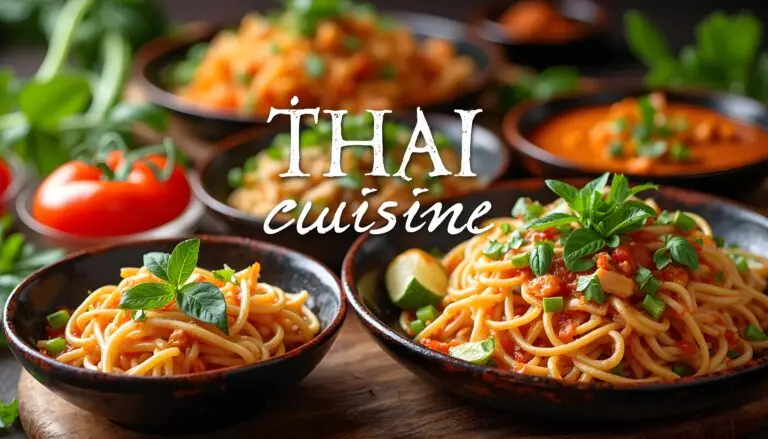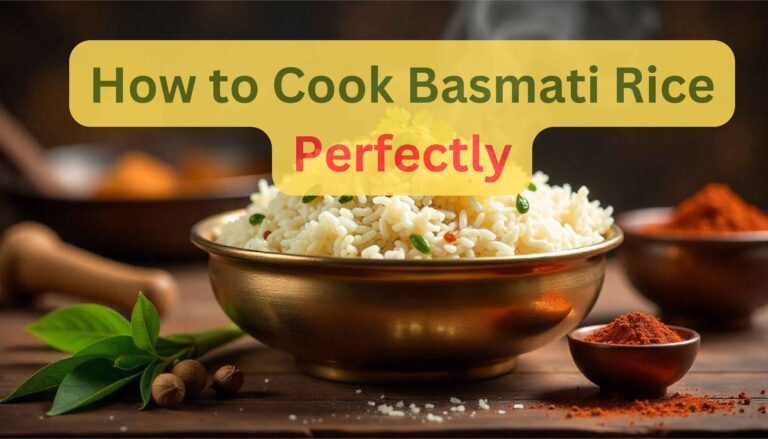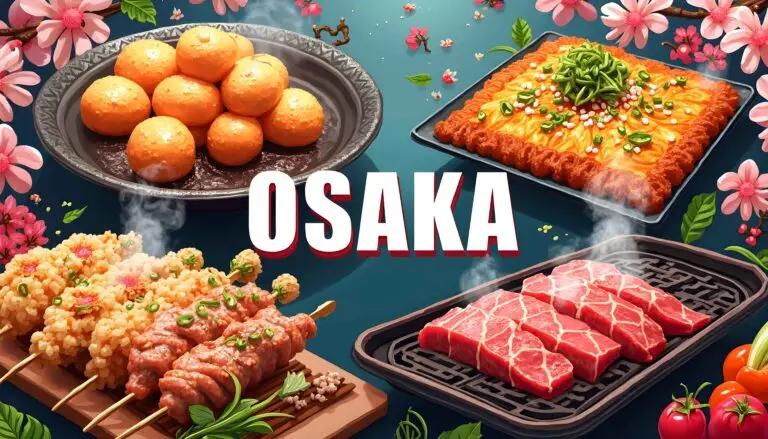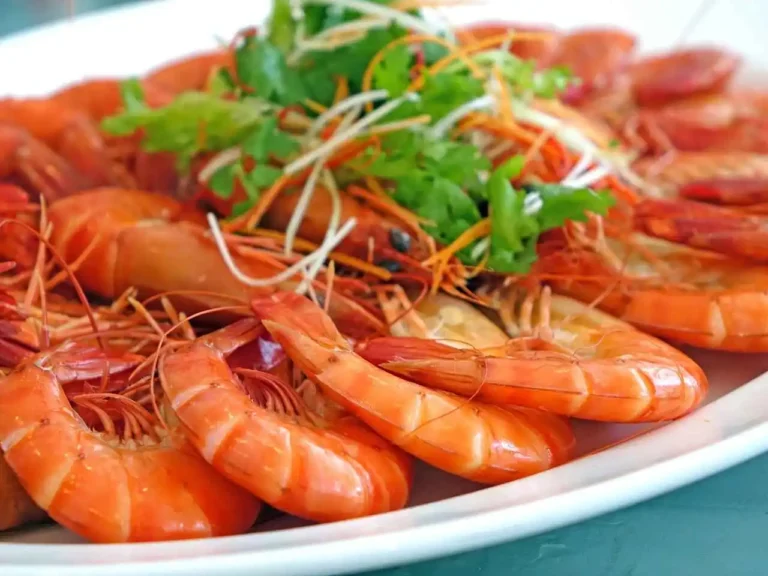Asian Cuisine Desserts: 5 Sweet Stories from the East
Table of Contents
A Walk Down Memory Lane: Asian Cuisine Desserts: More Than Just Sweet Indulgences
If the thought of enjoying a warm bowl of sticky rice swimming in coconut milk or the chewy pleasures of mochi brings you comfort, then congratulations – you are not alone! Asian cuisine desserts evoke nostalgia, honour culture, and unite people. These sweet delicacies serve more than just a purpose; they are cultural milestones wrapped in deliciousness.
Consider the delight of unearthing long-forgotten portions of your childhood with the very first bite of a sesame ball or the bliss of sipping on sweet ginger soup on a cold, rainy night. Asian desserts come with a complete package of stories, traditions, and a blend of unparalleled flavours.
This article takes you on a journey through the captivating world of Asian cuisine desserts, outlining what makes them special, their cultural background, and how to experience or recreate them at home.
How are Asian Cuisine Desserts Different from Others?
Balance of Taste and Consistency
The structure of Asian desserts is captivating because they are well-balanced, a quality that other cultures have yet to perfect.
In contrast to the overwhelming sweetness found in many Western desserts, Asian sweets often balance different elements, such as sweetness with saltiness or warm temperatures with cold ones.
A section of Asian desserts includes:
- The soft chewiness of mochi
- The light crispness of egg tarts
- The jelly-like coolness of grass jelly desserts
- The silky smooth texture of tofu pudding (douhua)
The examples mentioned above offer a distinct experience of desserts compared to other parts of the world, showcasing their deep-rooted culinary traditions.
Apart from the silky smooth taste of tofu pudding, there are also unique ingredients featured in Asian cuisines, which include:
Coconut milk is a creamy, slightly sweet milk used throughout Southeast Asia.
Mung beans & red bean paste are commonly used in Chinese, Korean, and Japanese desserts.
Pandan leaf, which features a floral scent similar to vanilla.
Taro and ube, which are earthy and sweet, are commonly used in traditional dishes as well as treats.
Sesame and peanuts are both commonly used in Asian cuisines for their unique texture and flavor.
These ingredients alone tell us how Asian culture is rich in heritage and symbolism.
Now, let’s explore some classic Alet’s cuisine desserts that you can find in restaurants and bakeries, or even try making at home.
1. Mochi (Japanese)
Mochi is a chewy rice cake made from glutinous rice pounded into a stretchy dough. These small, round-shaped delights are typically filled with red bean paste, but now there are plenty of options for modern mochi.
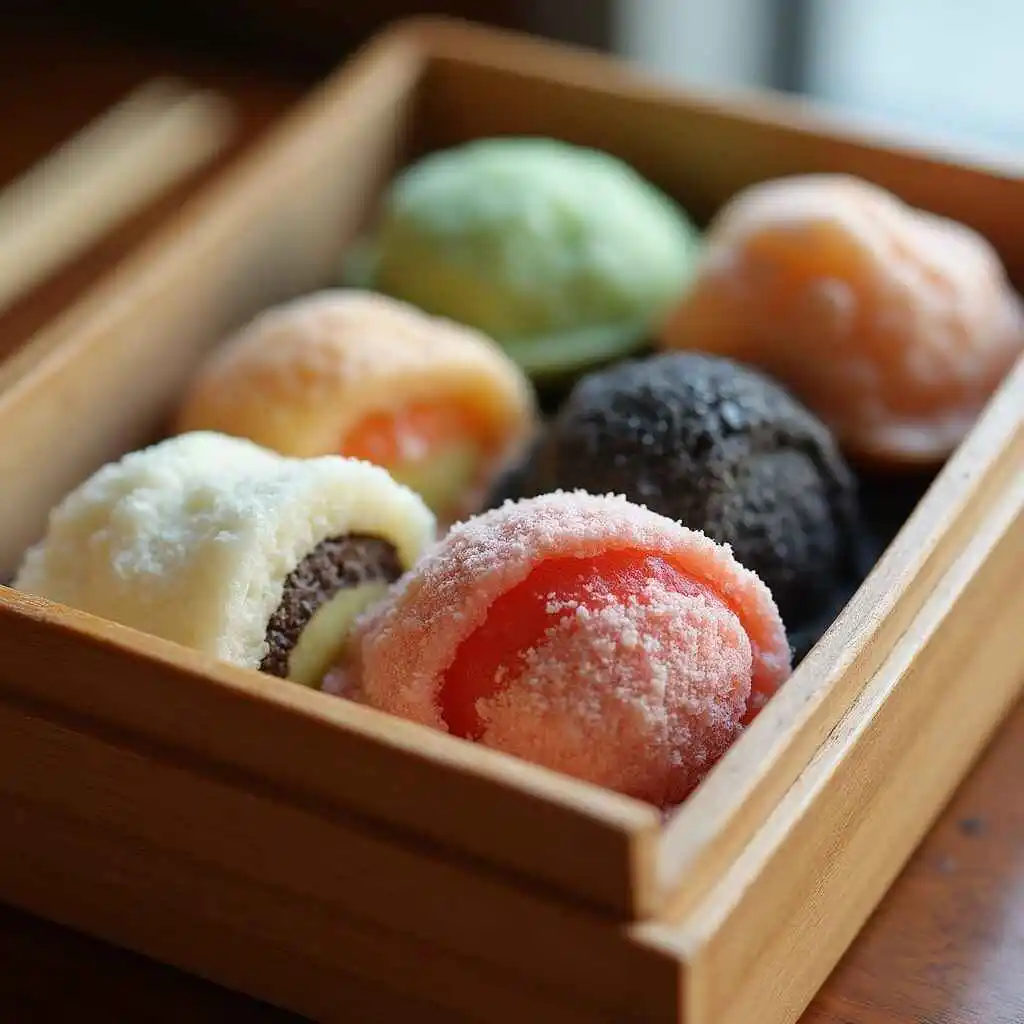
- Matcha (Green tea)
- Black sesame
- Strawberry or mango purée
- Mochi ice cream – the shell wraps around a scoop of ice cream
During the Japanese New Year and other celebrations, mochi is a staple.
2. Halo Halo (Philippine)

A vibrant mix of sweetened ingredients such as
- Sweetened kidney beans
- nata de coco,
- ube halaya (purple yam jam),
- leche flan,
- jackfruit and plantains,
- topped with ice cream. Mix Halo-Halo (translated “mix-mix”) with ice and evaporated milk, and enjoy.”
With every spoonful, a combination of different textures and flavours bursts in your mouth.
3. Mango Sticky Rice (Thailand)
This classic Thai dish is both uncomplicated and delectable. Pair sweetened coconut milk-soaked glutinous rice with ripe mango slices; it’s a deliciously refreshing treat.

Ingredients: Mango Sticky Rice
| Ingredient | Quantity |
|---|---|
| Glutinous rice | 1 cup |
| Ripe mango | 1 large, sliced |
| Coconut milk | 1 cup |
| Sugar | ¼ cup |
| Salt | ¼ tsp |
| Toasted sesame | 1 tsp (optional) |
4. Gulab Jamun (India)
This sweet Indian dish is made with deep-fried milk solids (khoya or milk powder) and served soaked in warm, sweet syrup infused with rosewater and cardamom spices. It is soft and syrupy, has bursts of indulgence, and is best consumed while warm.
5. Chinese Egg Tarts
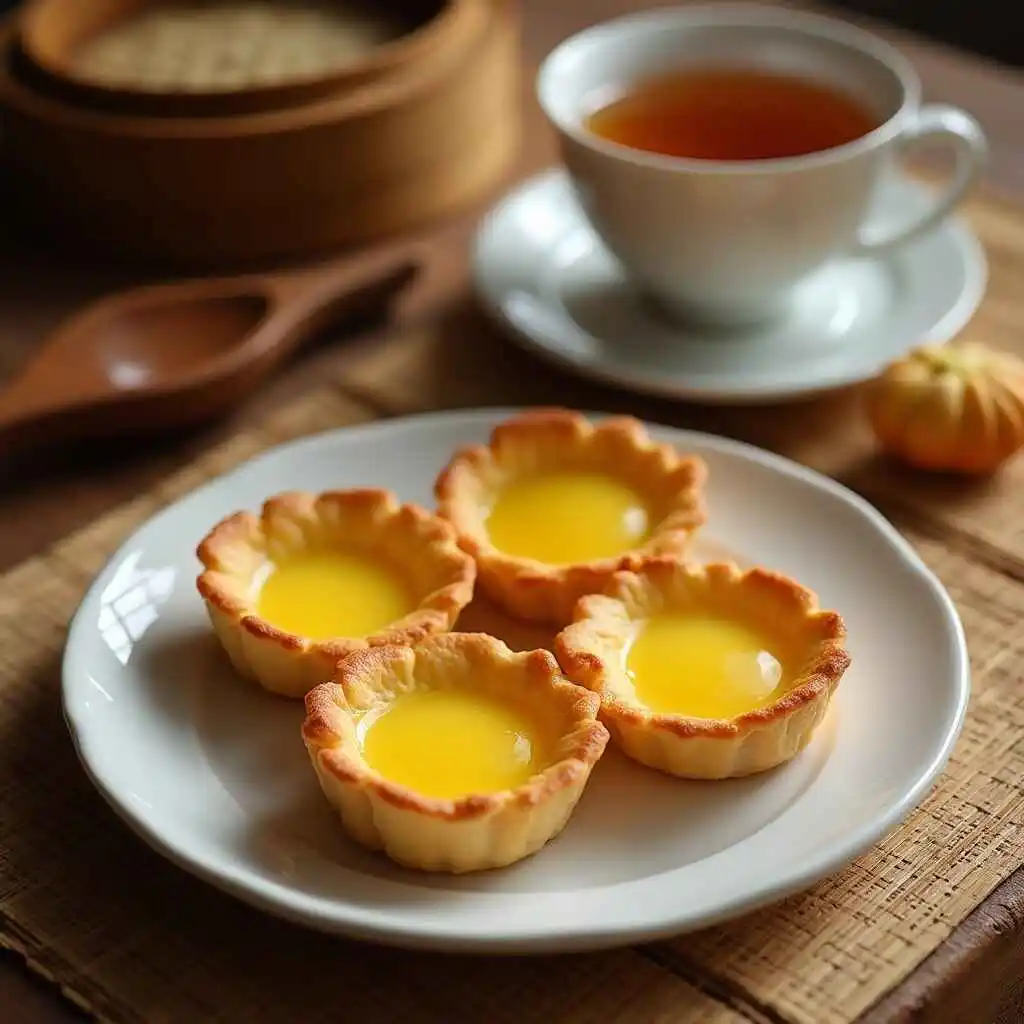
The Chinese tart is known for combining flaky and buttery egg custard-filled pastries, typically served warm. These Creamy Egg-covered Pastries are often found in dim sum diners, on the street, or even in bakeries. They are doused in region-specific delicacies, including both Chinese and Portuguese flavors.
East Meets the West
Before we dive headfirst into the various fusions involved with these delicious goodies, it is worth noting the street and upscale fine dining versions of Asian cuisine.
No matter if it is from a high-end diner or a street stall deep in the Asian region, you will find them everywhere. An example is halo-halo, which is enjoyed by almost everyone and can be served in a cup on the street, but presented in a fine dining establishment as a dish dressed with gold-laced pearls or spliced fruit.
Frosted Vegan Treats
Healthy eating has come a long way, and these crispy Asian desserts have been sneakily disguised as vegan and allergy-friendly. Some treats you can enjoy the diabetic version of are;
- Mango sticky rice (which is already vegan)
- Jellies made with coconut milk
- Puddings made with tofu
Many Asian sweets are crafted with rice flour and beans, which makes them gluten-free.
Making Classic Asian Desserts at Home
You don’t have to take a trip to London to grab tasty sweets from all over the world.
For step-by-step guidance, try out these simple recipes for the very first time in your kitchen!
Easy Thai Mango Sticky Rice
- Start by soaking 1 cup of glutinous rice for a minimum of 4 hours, then steam it for 20-30 minutes.
- Then, in a saucepan, mix 1 cup of coconut milk with ¼ cup of sugar and ¼ teaspoon of salt. Warm the mixture until the sugar dissolves completely.
- Now, for the final step, pour half of the mixture over the rice so that it can soak. Serve the rice with fresh mango slices on top, and the remaining sauces served with sesame seeds.
Japanese Dorayaki (Red Bean Pancake Sandwich)
- Increase the flavour of your pancake mix by adding one tablespoon of honey.
- Cook in a nonstick pot and bring it to a boil.
- Add the cake, bananas, and pancake batter together and mix
This item can be purchased from Dorayaki, as listed in the table.
Ingredient Table: Dorayaki
| Ingredient | Quantity |
|---|---|
| Eggs | 2 |
| Sugar | ½ cup |
| Honey | 1 tbsp |
| All-purpose flour | 1 cup |
| Baking powder | 1 tsp |
| Red bean paste | ½ cup |
The Best Places To Get Asian Desserts Near You
Another option is:
- Asian Pak stores. These stores have more than just mochi or jelly cups.
- You could try looking in local bakeries in Chinatown, Little Tokyo, and Koreatown.
- Speciality boutique stores that sell region-specific sweets online.
- Food fairs and night markets that sell authentic, street-style desserts.
Ensure that you check the authenticity of the ingredients, as well as your dietary and allergy preferences, on the labels.
The Cultural Importance of Asian Dessert Cuisines
Several desserts are created for religious days, seasonal occasions, or special events:
- Mooncakes–Mid-Autumn Festival (China)
- Kheer and Payasam– Diwali and Onam (India)
- desserts, also Chinese New Year
These desserts symbolize unity within the family and sweetness, signifying prosperity.
Food as a Symbol of Family, Blessings, and Togetherness
When you enjoy dessert like mochi on your birthday or ube halaya with the family, you are doing so much more than just having a meal. You are preserving, renewing, and cherishing culture as well as strengthening family ties.
Conclusion: Celebrating Diversity One Bite at a Time.
Asian cuisine desserts tell a joyful story that celebrates history, flavor, and texture. There is always a dessert ready to delight you,, such as the chewy comfort of mochi, the layers of flavor and ingredients in halo-halo,, and the delicateness of mango sticky rice.
How about exploring a local dessert shop or attempting to make one this weekend? You never know, you might end up finding a new favorite and deepening your understanding of the diverse Asian culinary traditions.
FAQ: Asian Cuisine Dessert What
Which are the most well-known Asian cuisine desserts?
Gulab jamun, Chinese egg tarts, halo-halo, and mango sticky rice are among some of the favorite desserts.
Are most Asian desserts gluten-free or vegan?
Most are vegan or gluten-free, especially those that use rice, beans, or coconut as their main ingredients. But, as always, check the recipe or packaging.
Where can I find authentic Asian desserts?
Check online stores or look for specialty grocery shops, night markets, and Asian bakeries.
What are the differences between Asian and Western desserts?
Western desserts tend to be overly sweet, while their Asian counterparts often utilize tropical fruits, rice, and beans, and use less sugar.
Prepared to treat yourself?
Share your go-to dessert on social media with #SweetFromTheEast and enjoy a lovely end of taste, tradition, and togetherness. Better yet, head to the nearest Asian bakery or try making mango sticky rice yourself!


